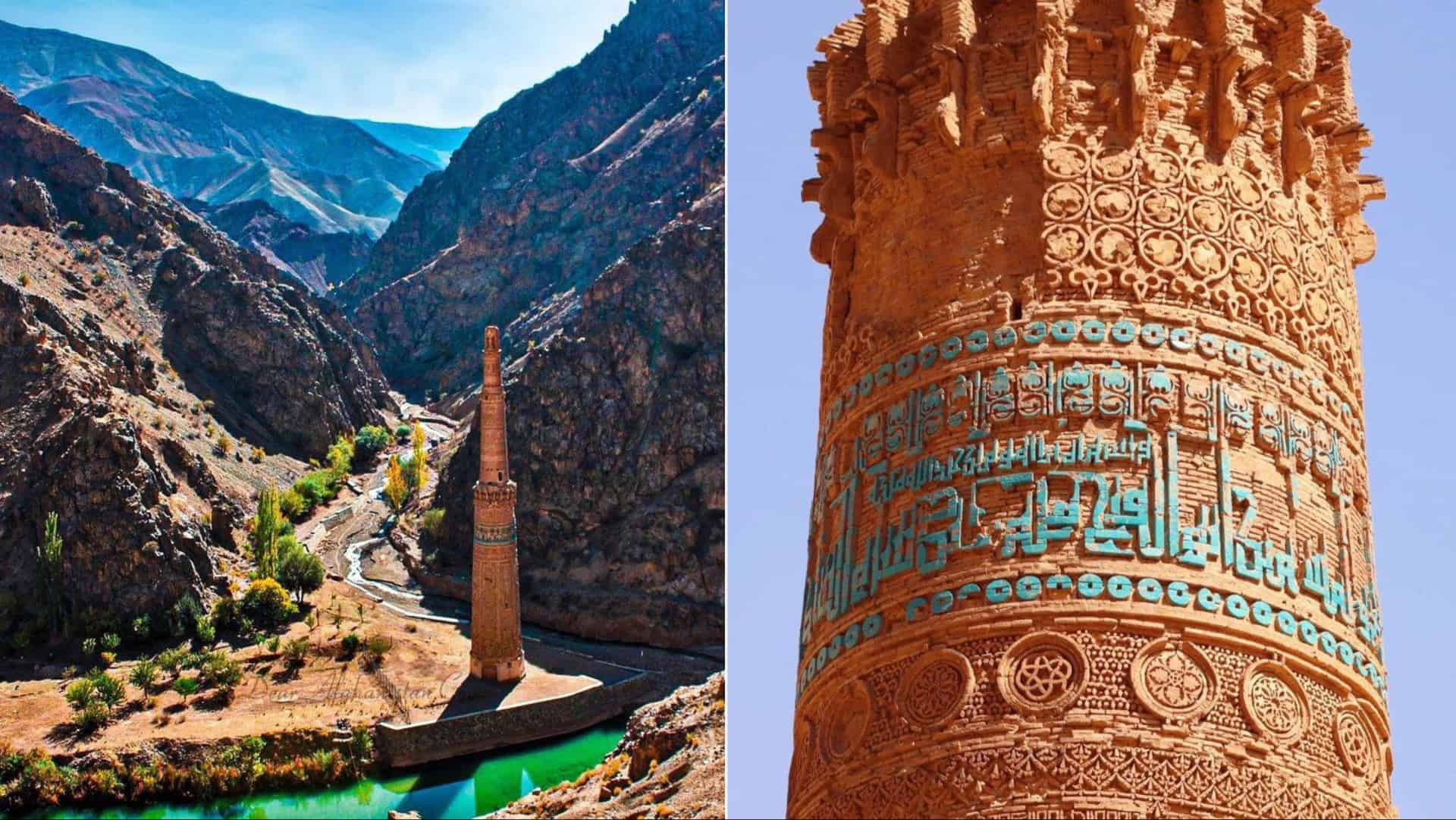The Minaret of Jam, a remarkable architectural marvel, continues to captivate scholars globally. Is it merely a minaret, or does it signify a triumphant monument of war?
Standing 65 meters tall in Afghanistan, this solitary structure, surrounded by ancient ruins, was erected around 1175 by Sultan Ghiyath al-Din of the Ghurid dynasty.
After its collapse by Mongol invaders, the minaret remained obscured in central Afghanistan for centuries.
In 2002, it became Afghanistan’s first UNESCO World Heritage Site.
1. Architectural Splendor
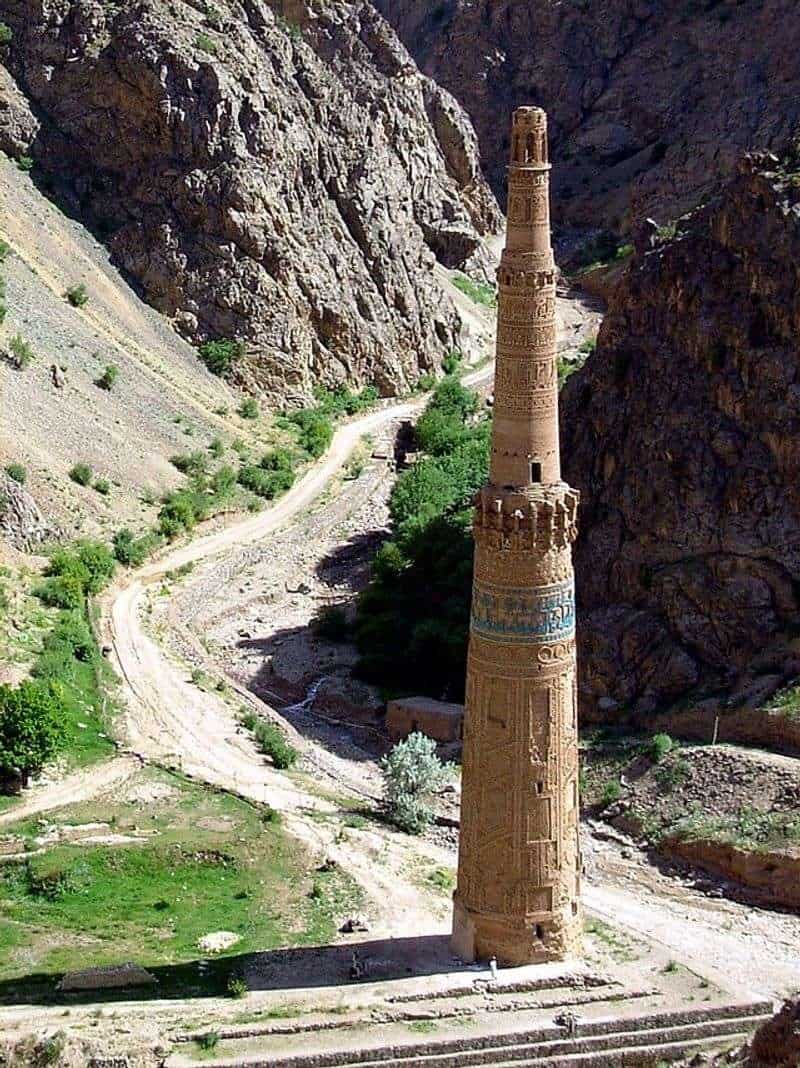
A masterpiece of Islamic architecture, the Minaret of Jam boasts mesmerizing decorative artistry.
Its surface is enveloped in a tapestry of Kufic and Naskhi calligraphy, geometric patterns, and Qur’anic verses, all meticulously crafted from baked bricks.
Standing proudly at 65 meters in height, its beauty speaks volumes of the Ghurid dynasty’s artistic prowess.
The juxtaposition of brick and stucco creates a visual feast that leaves observers in awe.
2. Ghurid Dynasty Legacy
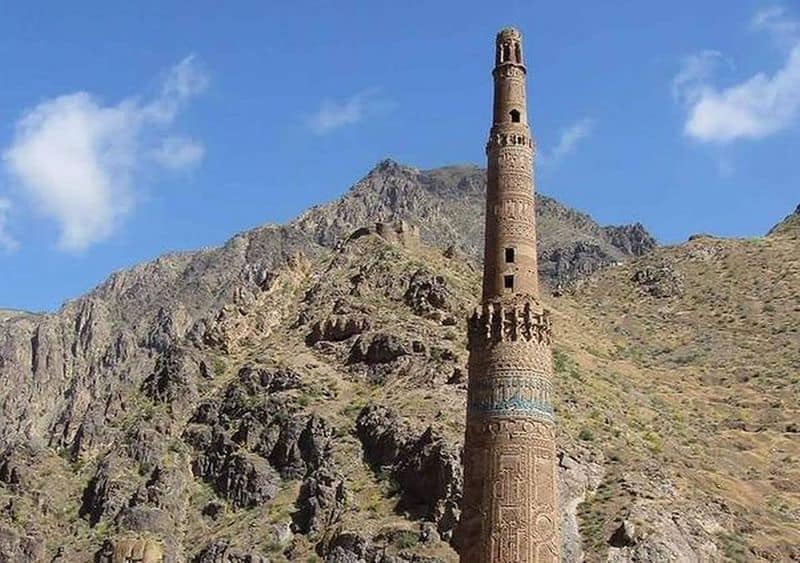
Sultan Ghiyath al-Din, the visionary behind the Minaret of Jam, ruled the Ghurid dynasty with an eye for architectural grandeur.
Under his reign, the dynasty flourished, leaving behind a legacy of monumental structures. The minaret stands as a testament to his era’s ingenuity and ambition.
These constructions were not merely utilitarian but also symbolic, representing the dynasty’s cultural and political zenith in the medieval Islamic world.
3. Cultural Reawakening
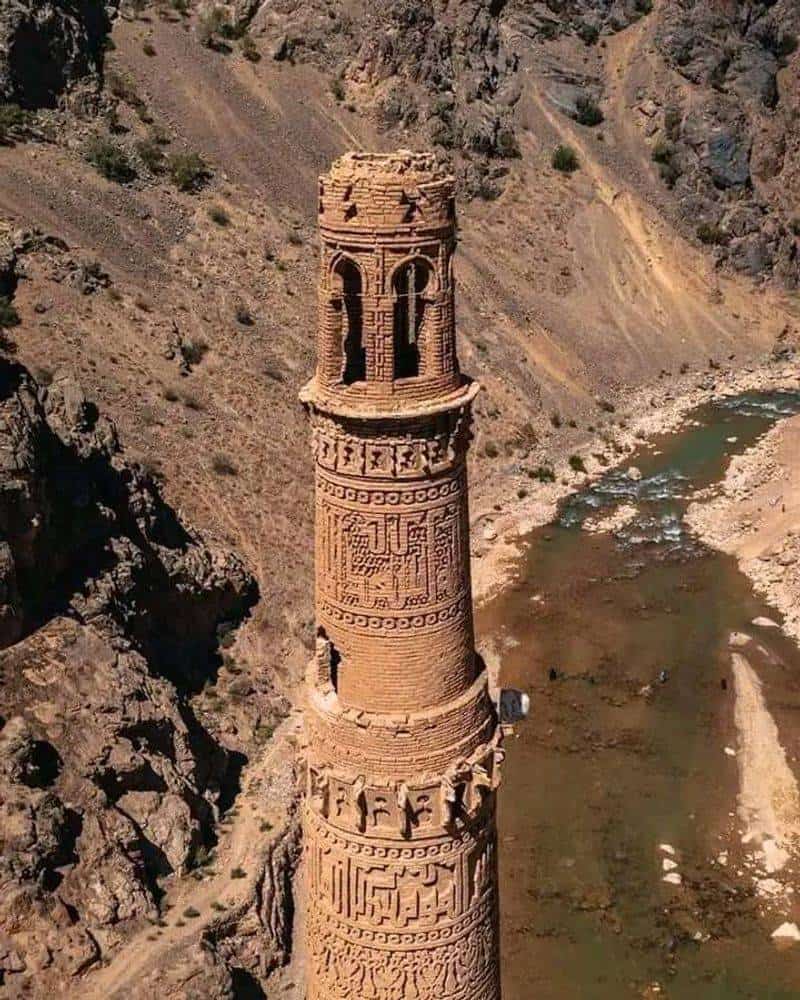
In 2002, the Minaret of Jam emerged from obscurity to become Afghanistan’s inaugural UNESCO World Heritage Site.
This recognition marked a cultural revival, shedding light on Afghanistan’s rich historical tapestry.
The site, nestled in the remote Shahrak District, offers a glimpse into a bygone era.
Its inscription highlights the significance of preserving heritage amidst modern challenges, drawing scholars and enthusiasts eager to explore its enigmatic past.
4. Threats and Preservation Challenges
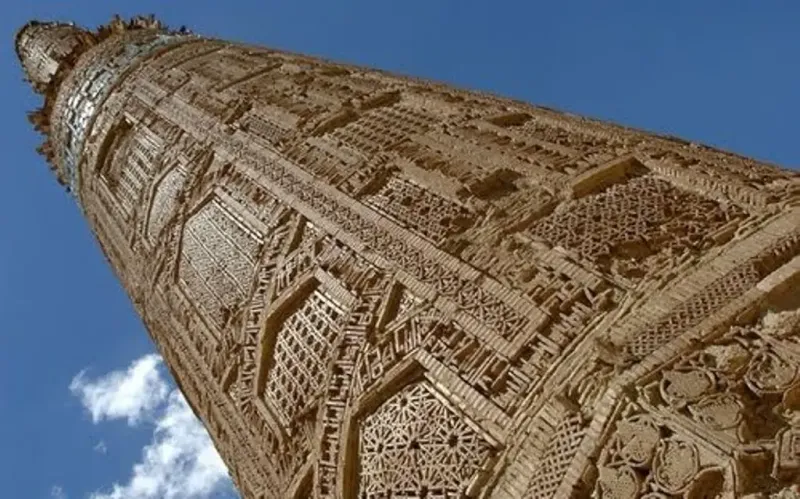
The Minaret of Jam faces numerous preservation challenges, including severe erosion, frequent earthquakes, and the threat of flooding due to its proximity to the Hari and Jam rivers.
Political instability further complicates conservation efforts. Despite various stabilization attempts, the structure remains at risk, with its majestic form gradually tilting.
Conservationists strive to safeguard its future, aware that loss would mean erasing a vital chapter of Afghanistan’s history.
5. Inspirations and Influences
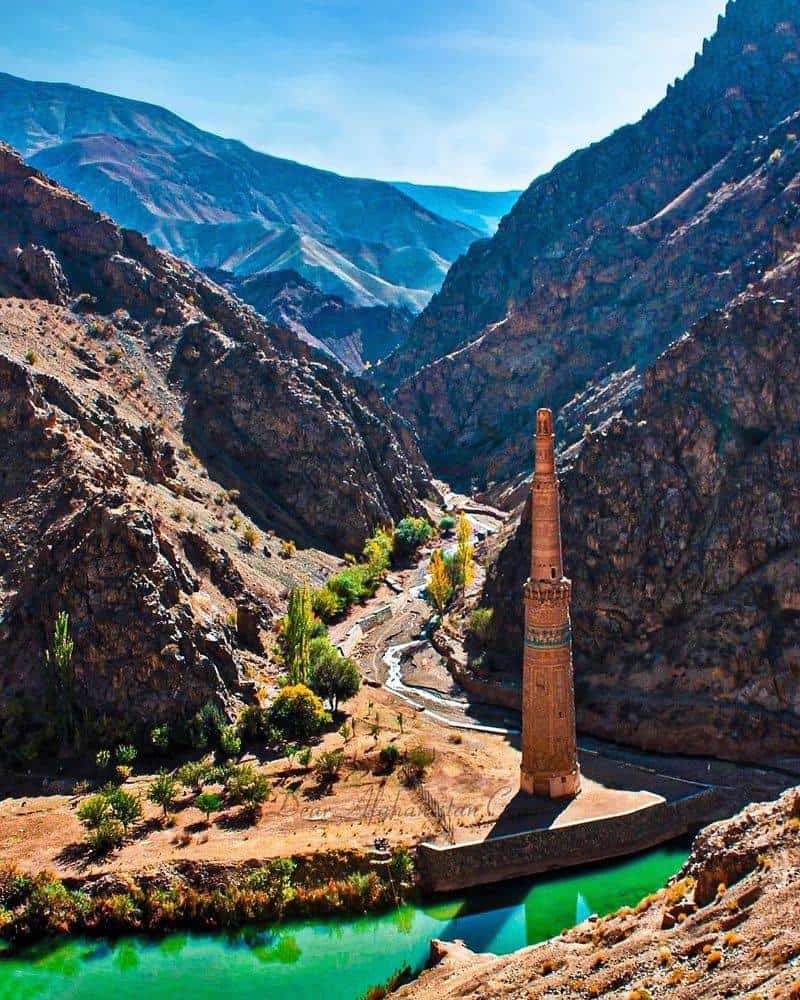
The Minaret of Jam’s architectural brilliance inspired future structures, including Delhi’s Qutub Minar.
These towering edifices reflect a shared cultural and architectural heritage across borders. Built in the 12th century, the Jam minaret embodies the innovative spirit of its time.
6. Rediscovery and Research
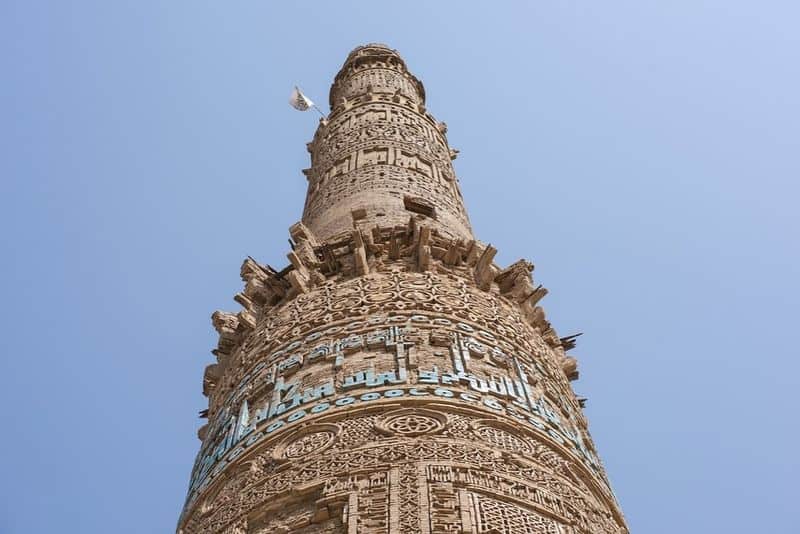
The rediscovery of the Minaret of Jam sparked a fervor of scholarly interest.
Archaeologists, historians, and explorers have been drawn to its mysterious allure, uncovering layers of history hidden beneath its shadow.
Satellite imagery and modern technology have been pivotal in analyzing the site, offering insights into the Ghurid summer capital’s vast expanse.
This renewed focus not only enriches historical narratives but also emphasizes the need for its preservation.
7. Military Strife and Damage
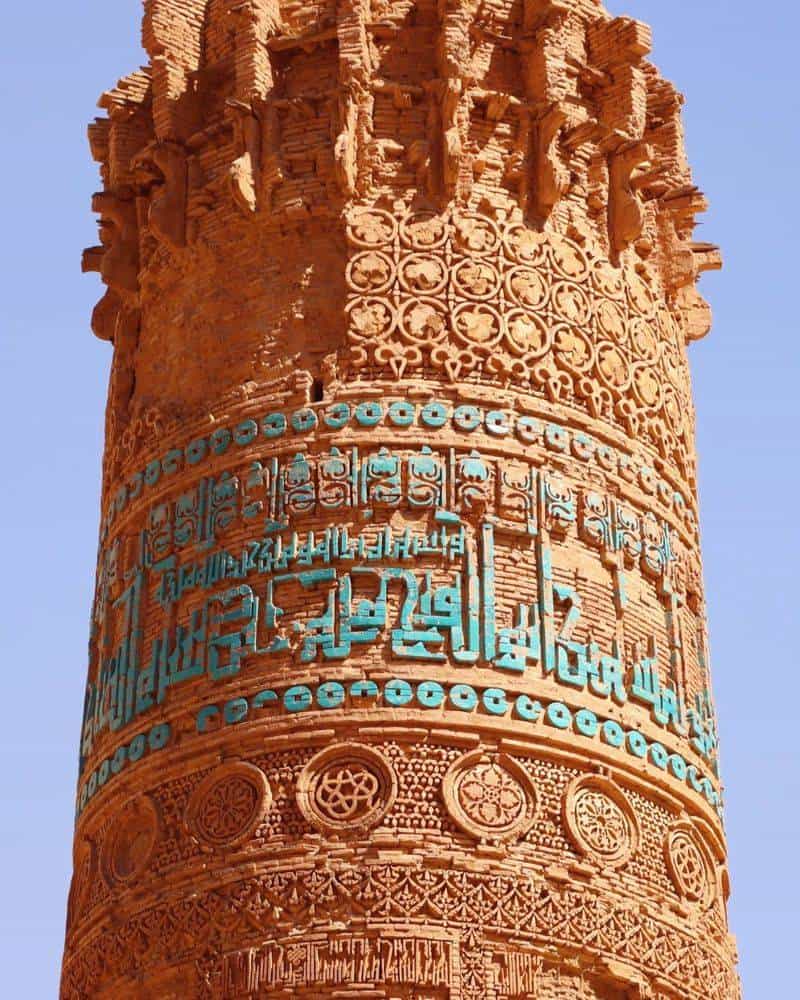
The Minaret of Jam’s isolation has not spared it from the ravages of conflict.
Clashes between Taliban forces and local defenders threaten its integrity and the surrounding archaeological landscape.
In 2018, skirmishes damaged nearby areas, highlighting vulnerabilities. The constant state of unrest complicates preservation efforts, placing the minaret in a precarious position.
Security and peace are vital for safeguarding this ancient wonder for future generations to appreciate and learn from.
8. Natural Disasters Impact

Natural disasters pose a significant threat to the Minaret of Jam. Floods and earthquakes have repeatedly jeopardized its stability, with recent tremors causing bricks to dislodge.
Its proximity to two rivers makes it vulnerable to water damage, further exacerbating structural risks.
These environmental challenges highlight the urgent need for comprehensive preservation strategies to protect this invaluable piece of history from nature’s relentless forces.
9. Community Efforts and Future
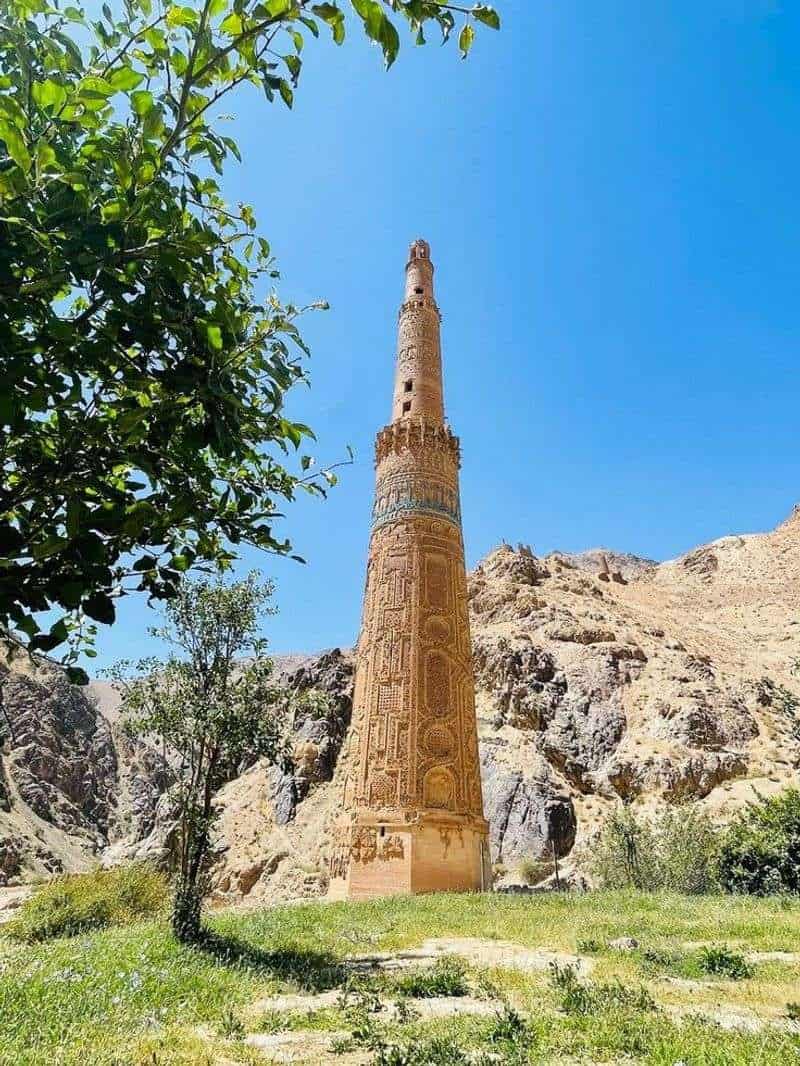
Local communities play a crucial role in the Minaret of Jam’s preservation. Despite limited resources, their passion for protecting cultural heritage is evident.
Collaborative efforts with international experts aim to develop sustainable conservation practices.
Initiatives focus on educational outreach, instilling a sense of pride and responsibility.
Through these combined efforts, there is hope for the minaret’s future, ensuring it remains a beacon of cultural identity for generations to come.
10. A Symbol of Resilience

The Minaret of Jam stands as a symbol of resilience amidst adversity.
Despite centuries of neglect, natural calamities, and human conflict, it endures as a testament to the architectural prowess and cultural richness of the Ghurid dynasty.
Its survival inspires hope and unity, reminding us of the enduring human spirit to preserve history.
In its towering silhouette, one finds a narrative of strength and the promise of cultural continuity.

